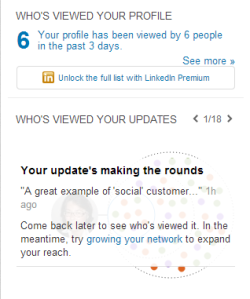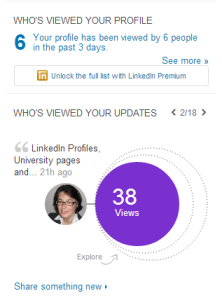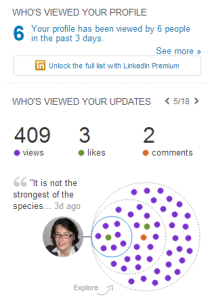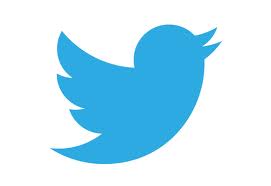Do you need to be more efficient with your social media activities?
If you find yourself asking any of the following questions, then Hootsuite is for you:
- Not enough time to manage your social media activities?
- Find yourself posting the same message on different platforms?
- Want to engage with your market/audience more effectively?
- Want to delegate some of your tasks to other team members?
- Need to comply with local marketing regulations?
Hootsuite is an incredibly powerful aggregation and monitoring platform that allows you to:
- Monitor all of your social media activities on a single screen
- Quickly and easily post the same message to multiple social media sites
- Engage with your online audience in real time
- Pre-schedule your content, anytime, anywhere
- Archive and retrieve your content at the touch of a button
- Analyse the effectiveness of your activities through bespoke reports
And much more!
Hootsuite is used by both global brands and small businesses to manage their social media activities and campaigns in a cost-effective and time sensitive way, and is ideal for anyone looking to maximise their online presence.
I offer bespoke training programs and workshops to help you get the most out of this incredible platform, contact me if you would more information






